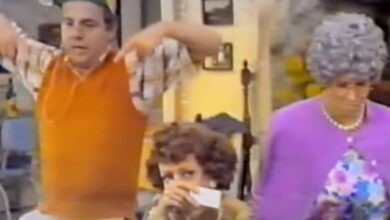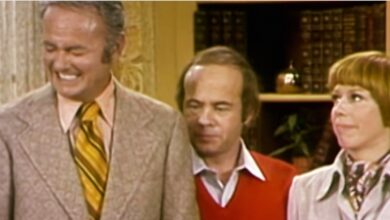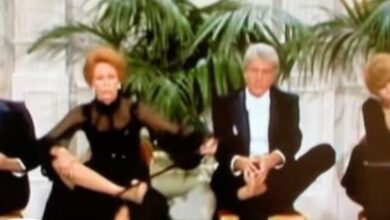Petula Clark Gave an Unforgettable and Timeless Rendition of “Downtown”
In the colorful world of 1960s pop music, few tracks have left a legacy as lasting as Petula Clark’s “Downtown.” Released in the closing days of 1964, the song didn’t just breathe new life into Clark’s career—it became a universal anthem of escape and hope for city dwellers around the world. Its rise to fame tells the story of how chance inspiration can lead to pop music history.
The origins of “Downtown” trace back to British songwriter and producer Tony Hatch. During his first visit to New York City in late 1964, Hatch found himself energized by the city’s non-stop rhythm. While wandering the neon-soaked streets near Times Square, he stood at 48th Street, taking in the buzz of traffic, signs, and people. That very moment sparked the initial melody that would become “Downtown,” inspired by the overwhelming life of the city’s heart.
Back in London, Hatch met with Petula Clark, who was already a well-established performer in Europe but had yet to make a significant splash in the U.S. When Hatch played the early version of the tune, Clark was immediately intrigued and encouraged him to finish it. Drawing directly from his New York experience, Hatch wrote lyrics that reflected the promise of solace and excitement found in the downtown scene.
Recording took place on October 16, 1964, at Pye Studios in London. Clark, supported by a lush 40-piece orchestra, gave voice to the song’s charm. Guitar legends like Vic Flick, Jimmy Page, and Big Jim Sullivan were all part of the session, while Hatch conducted the arrangement. The result was a unique blend of orchestral elegance and catchy pop that stood apart from other singles of the time.
Upon its release in the UK, “Downtown” quickly found an audience. It climbed to number two on the British charts, held back only by The Beatles. Across the Atlantic, Warner Bros. executive Joe Smith recognized the song’s potential and rushed to release it in America. His instincts paid off—by January 1965, “Downtown” reached number one on the Billboard Hot 100, making Clark the first British female solo artist to top the U.S. charts in the rock era.
The song’s popularity was truly international. It topped the charts not just in the U.S. and UK but also in countries like Australia, New Zealand, and South Africa. The universal appeal of seeking comfort in the heart of a bustling city made “Downtown” resonate with audiences from all walks of life.
This breakthrough marked a new chapter for Petula Clark. Though already well-known in Europe, “Downtown” brought her worldwide fame. It kickstarted a string of hits in the U.S., including “I Know a Place,” “Don’t Sleep in the Subway,” and “My Love,” securing her place in the British Invasion and carving her name into music history.
Beyond her personal success, “Downtown” had a lasting influence on the music industry. It proved that British artists could thrive in the American market, opening doors for others to follow. Its rich, orchestrated sound also raised the bar for pop music production, blending radio-friendly hooks with polished, cinematic arrangements.
Through the decades, “Downtown” has never lost its shine. It’s been reinterpreted by artists such as Dolly Parton and Emma Bunton, each giving it a new spin. The song continues to appear in movies, TV shows, and commercials, a testament to its timeless charm and widespread appeal.
In 2003, the song received one of the highest honors in music—it was inducted into the Grammy Hall of Fame. This recognition celebrated not only its chart success but also its emotional impact and enduring quality as a pop classic.
Petula Clark’s performance of “Downtown” remains a shining example of how a simple melody and heartfelt lyrics can capture the spirit of a generation. The track offers more than nostalgia—it carries a message of hope, escape, and the comforting energy found in the center of city life.
Looking back on the journey of “Downtown,” from its spark in New York to global acclaim, we see the unique collaboration between Hatch and Clark as a moment of artistic magic. Together, they created a song that bridged continents and eras, inviting listeners everywhere to leave their worries behind and follow the glow of the city lights.





